This is an interview with Dan Kiernan, a former #1 British doubles player, the coach of top 5 ATP doubles team, Lloyd Glasspool and Harri Heliovaara, founder of SOTO Tennis Academy in Spain, and the host of the Control the Controllables tennis podcast.
Dan knows how to develop players so this is a great episode for anyone who wants to start improving their game faster. You’ll notice he starts with principles, then works his way towards strategy and technical skills from there. I ask him about his inspiration to start the podcast, his work with top doubles players, and his tennis principles.
Dan also shares:
- His thoughts on teaching club-level players to stop guarding the doubles alley.
- What type of player should be more aggressive on returns and which ones should be more consistent.
- His favorite drills for getting comfortable at the net, including one “illegal” drill I used with my high school team after this conversation.
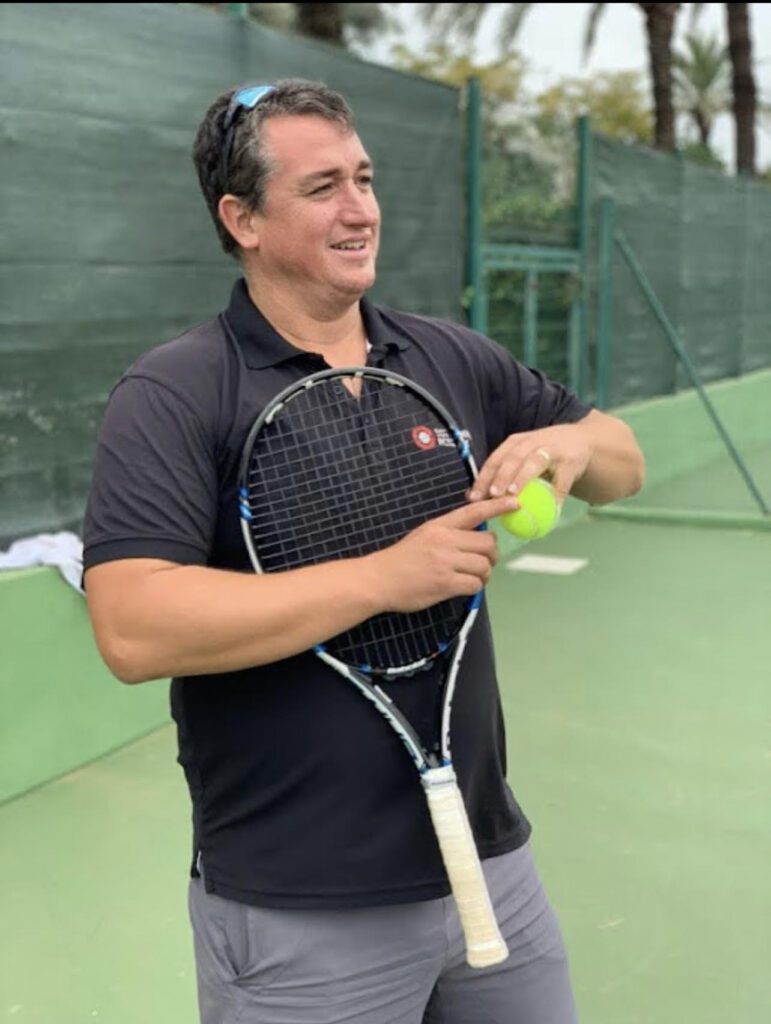
You will hear how Dan got involved in tennis, loads of doubles strategy and knowledge, and, of course, how he thinks we can make doubles more popular.
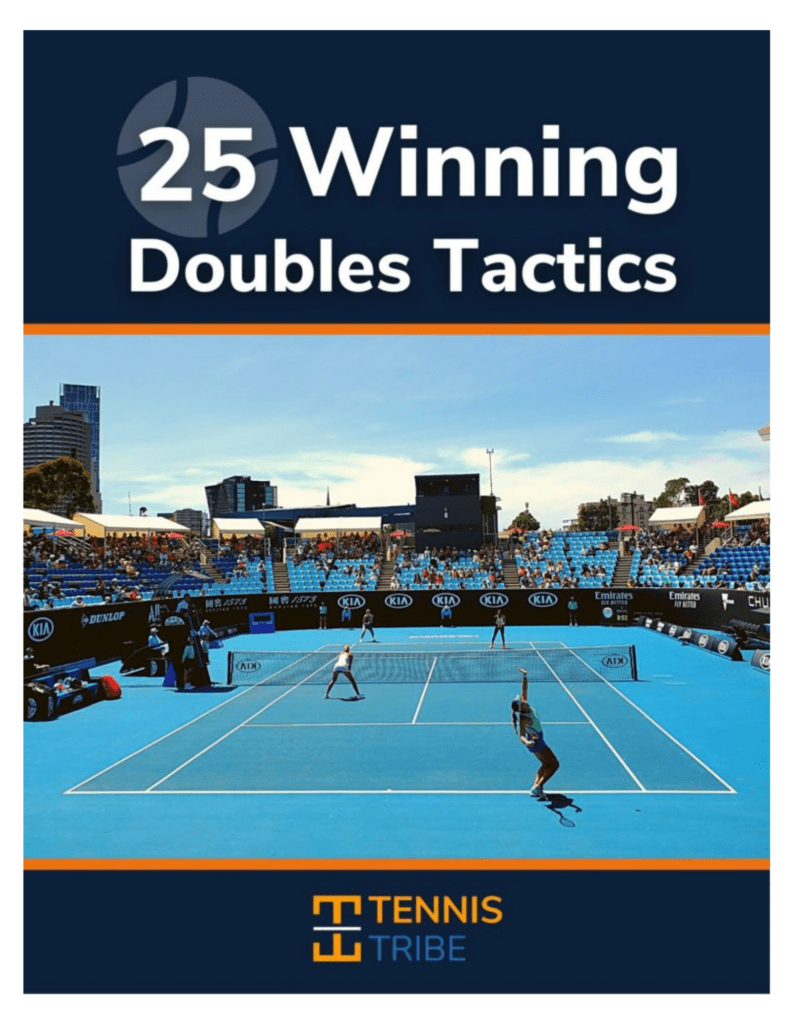
25 Winning Doubles Tactics Guaranteed to Help You Play Smarter
Ebook with 25 expert serve (7), return (5), net-play (5), baseline (4), & approach (4) tactics you can use in your next doubles match.
Interview Notes from this Podcast
*To help support The Tennis Tribe & provide more free content like this, we may earn a percentage of purchases through the links below. See our affiliate page for more info.
- Follow Dan: Twitter | Instagram
- Listen to the Control the Controllables Podcast
- Dan is the founder of SOTO Tennis Academy
- Why did Dan name the podcast “Control the Controllables?”
- He started the podcast during COVID, while his academy was declining, so he started doing Instagram Lives.
- He got good feedback on the lives, so he decided to start networking and set up a podcast.
- As a player, and later a gambler, he found himself blaming other things for how he was, and eventually, he learned to take control of his life.
- What is his process for helping juniors learn to control what they can?
- The process is different for everyone and nobody is expected to be perfect.
- Still, everyone is a product of their environment and if the standard doesn’t start with him and his staff, he is failing the players.
- Each player has a unique roadmap for their tennis and life goals, and they work towards those every day.
- Andy Murray is a great example of someone who has learned to thrive despite being an “excuse maker.”
- What is his take on Reilly Opelka saying there shouldn’t be doubles?
- Dan likes players making bold statements because it helps grow the game of tennis, but he disagrees with Opelka.
- He believes there should either be a Superleague of 16 singles players or the ATP needs to give more attention to lower-rated players and doubles.
- He also thinks that shortening doubles matches by getting rid of breaks during changeovers and warmups would help grow the game.
- What have Lloyd Glasspool and Harri Heliovaara improved?
- Since dedicating to doubles, Glasspool and Heliovaara have established a better partnership and focused more on serve/return.
- Also, they have increased the amount of data they are analyzing after matches and are focused on improving.
- Dan’s return philosophy
- High-level returners should aim to find the court with quality and consistency. Their strategy should be based purely on scouting the opponent.
- For club-level returners, they should focus on getting their returns back consistently. Either type of returner shouldn’t be hitting every return as hard as possible.
- How does Dan convince club-level players to quit covering the alley?
- You can use statistics to convince players to cover the middle, but often pro statistics don’t equal amateur ones.
- Louis Cayer, Dan’s mentor, says he’s never had a team beat twice in the alleys in one match.
- Cayer uses ropes to show territory, positioning, and court geometry (video below).
- Overall, the strategy of doubles is to cause stress for opponents, so covering the middle stresses them more.
- What is Dan’s favorite doubles drill?
- Dan believes it is important to build bravery in doubles players, so he put players right on the net and makes them take volleys from there.
- He also likes to do volley location drills, stressing that the across-the-body angle off is usually the best volley.
- Dan’s thoughts on calling returns before the point
- For Dan, it’s often not plausible for players to call their return before the serve. Instead, he focuses on studying patterns and trusting feel during points.
- On second serves, he is more likely to suggest making calls, but players still must be willing to adjust.
- Related Podcast: Catherine Harrison interview
- Things that could make doubles more popular
- Dan believes (1) More exposure on social media, (2) Shortening matches, (3) Giving players a coaching timeout during matches, and (4) More music/events at tournaments will help grow doubles.
- Dan’s Favorites
- Tennis Book: Winning Ugly by Brad Gilbert & Coaching Mentally Tough Tennis by Anthony Ross
- Tournament: Australian Open
Dan was also convinced that I might actually be John Peers, so here is a side-by-side.
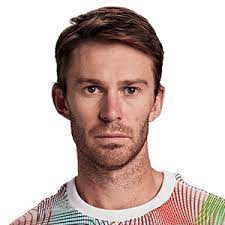
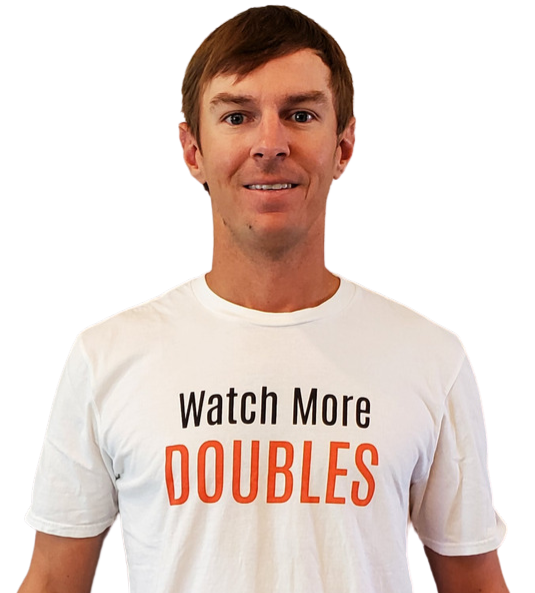
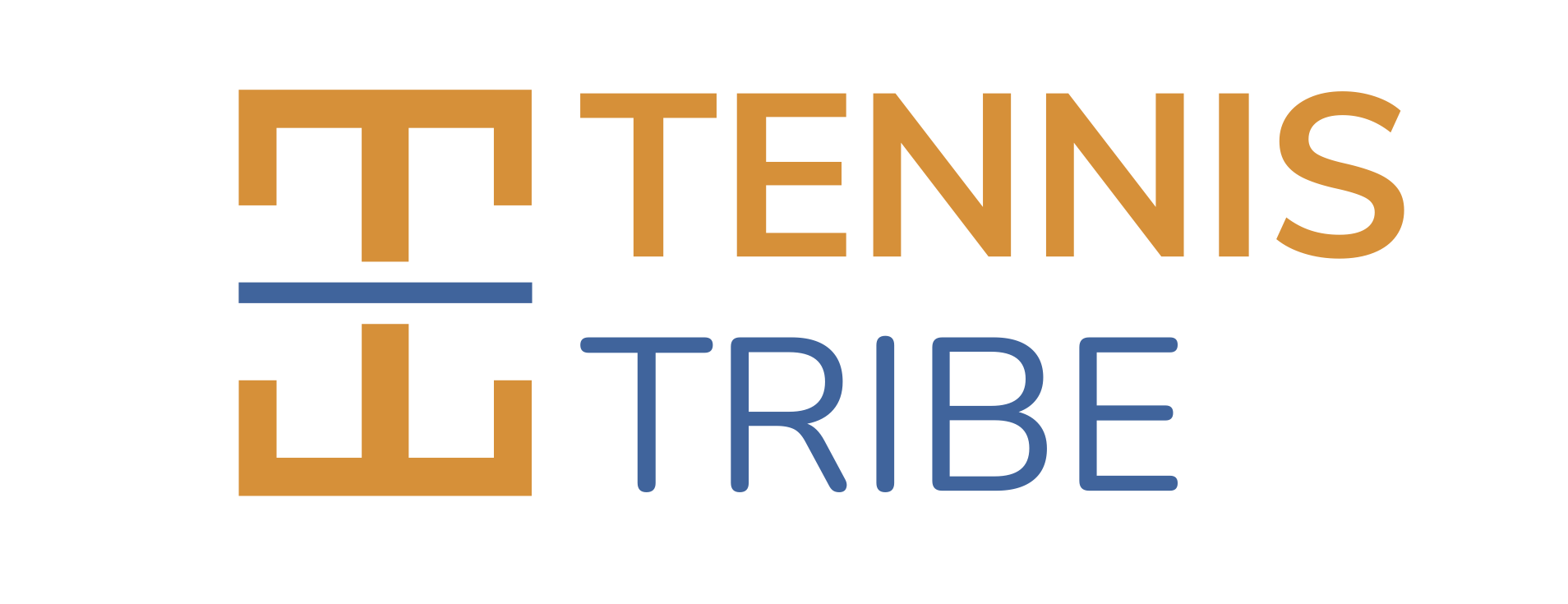
How do you apply statistics to club players when there are so few options for tracking stats for non pros?
Hi Chris, it’s not easy to get stats for club level players but here are a few options.
1) you first need some kind of camera set up, either a phone mount or fence mount with go pro which is what I use.
2) from there you can upload your tagged match to a service like Tennis Analytics (purchase their player packages) and they will tag the footage and provide a report for you.
Another option is an app like SwingVision. You won’t get quite as detailed or as accurate data but it’s a good place to start and is a cheaper option.
I had their founder on the podcast here: https://www.thetennistribe.com/swupnil-sahai-interview/
hope this helps!